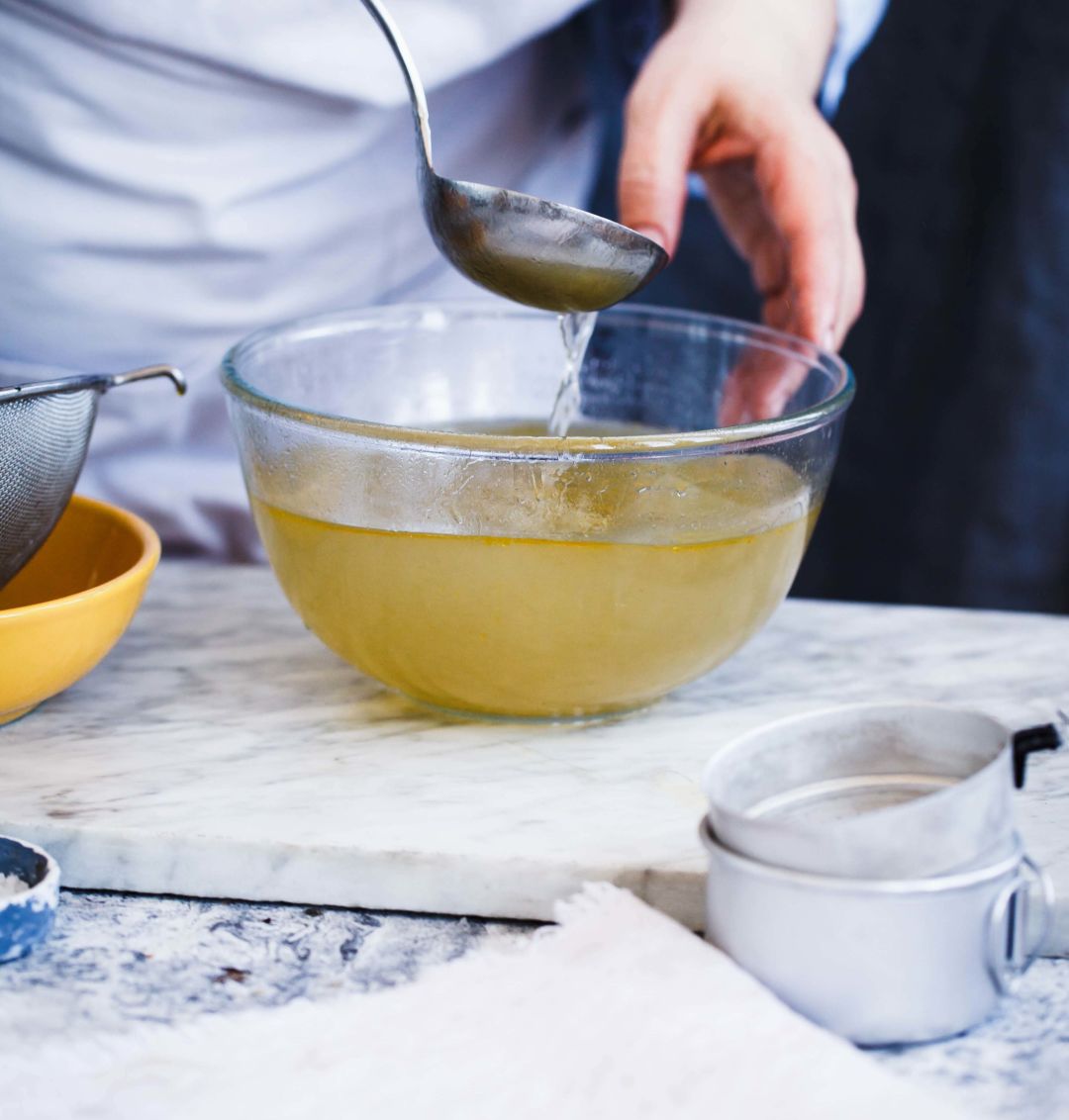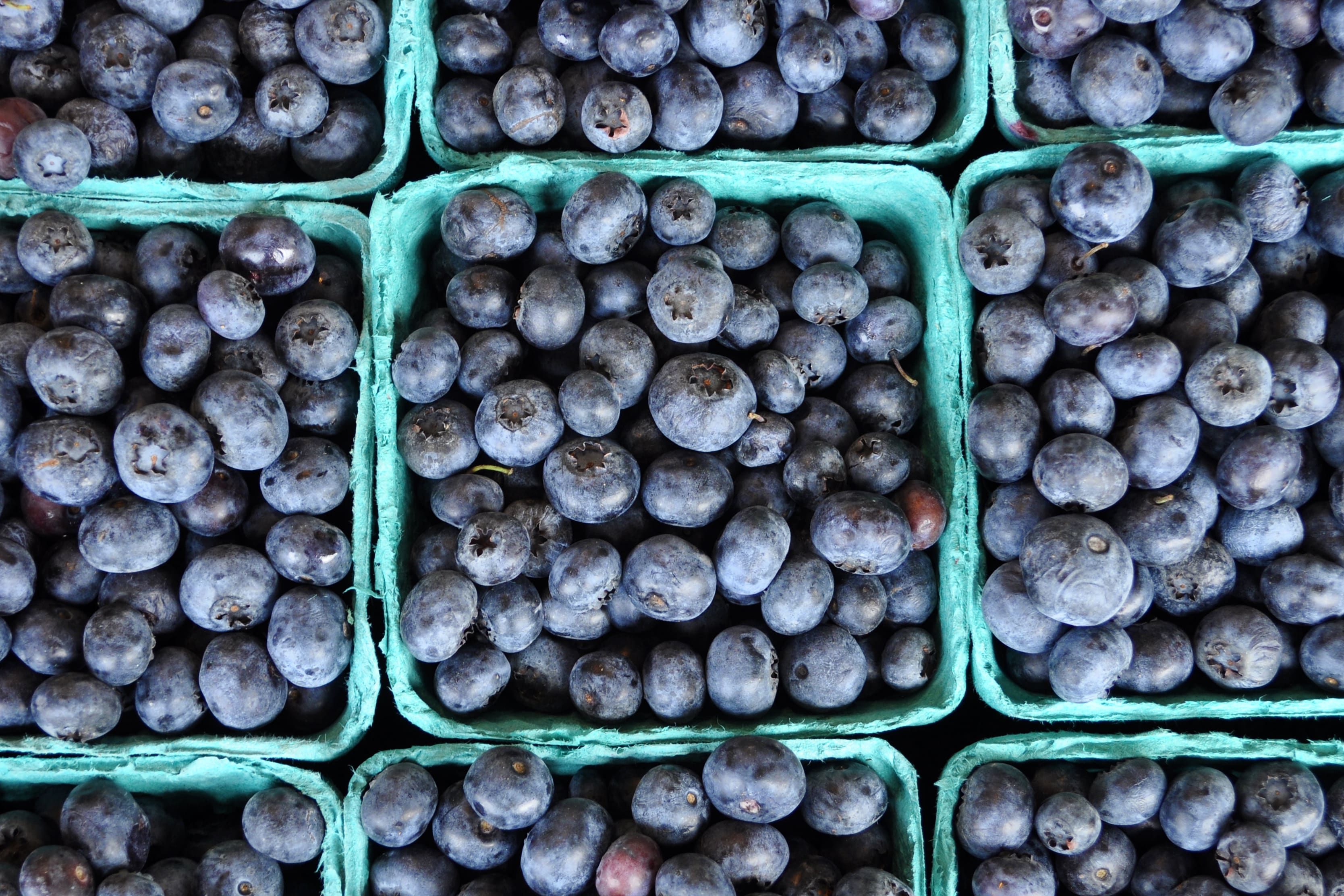A Case For the Healing Power of Chicken Feet

Image: Casanisa/Shutterstock.com
I wake up in the morning, roll out of bed, forget my dreams, check my phone and then I pour myself a nice warm cup of chicken foot coffee. It’s not really coffee. I call it that because I drink it out of a ceramic mug. It’s actually homemade chicken feet bone broth. But I do sip it with satisfaction like an actor in a Folger’s Coffee commercial. Americans generally have an aversion to parts of animals that aren’t breasts and meaty hindquarters, but bone broth—chicken bone broth in particular—is one of the healthiest things you can drink.
I know, I know, another “superfood” panacea fad (remember goji berries?). But bone broth is a tried-and-true nutritional fare that’s been a staple across the globe and throughout history. Before factory farming turned us into picky eaters, we ate the whole animal, and our ancestors knew that the good stuff was in the bones. What’s in the bone? Marrow and connective tissue chock-full of amino acids, vitamins, minerals and collagen proteins.
Of all the bones, chicken feet happen to be particularly nutritious (and cheap). When you render chicken feet you extract an abundance of nutrients. Chicken feet contain calcium, magnesium, sulfur, sodium, potassium, glucosamine, keratin and other minerals. It’s believed that drinking chicken feet broth can improve your immune system, boost metabolism, detox your liver, help with digestion and reduce inflammation.
But of all the nutrients in chicken feet, the magic is in its collagen content. The protein in chicken feet is roughly 70 percent collagen—a structural protein in our bodies that is responsible for the health of our skin, tendons, muscles, bones and ligaments. Studies conducted with collagen show all kinds of extraordinary health benefits. Introducing collagen into your body can reduce wrinkles, remove cellulite, increase the elasticity of your skin, stimulate tissue regeneration to reduce symptoms of arthritis, improve knee pain, and increase bone formation and density in post-menopausal women.
I get my chicken feet frozen fresh from Grove Ladder Farm, where a half pound goes for five bucks. The feet come blanched, so you don’t have to peel the skin off. After I thaw out the feet, I put them in a 12-quart pot half-filled with water and boil them for about five minutes. Then I dump out the water and strain out any fatty gunk that might have come to the surface. After that, I cut off all the toes to expose more of the marrow. I fill the pot up about three quarters full and place the cut feet back in. Then I bring to a simmer. I throw in any vegetables I might have lying around: onions, garlic, carrots, celery etc. Feel free to toss in some tasty herbs, too. Thyme and peppercorn are nice.
Then I cover and keep at a low simmer for at least seven hours. Overnight is even better. Add more water if too much has evaporated. When you’re done, the flesh on the feet will look a bit shredded. Strain the remaining liquid into a mason jar or any large glass container, let cool and then refrigerate. In a few hours the liquid should turn into a jelly. I take a few heaping spoonfuls of the jelly and heat it up in a saucepan, dash in some salt and ground pepper and maybe some chili flakes and drink up. It’s great soup stock, too, of course.



